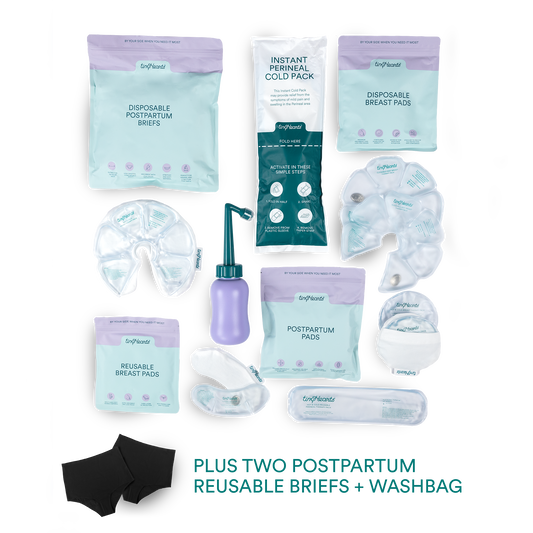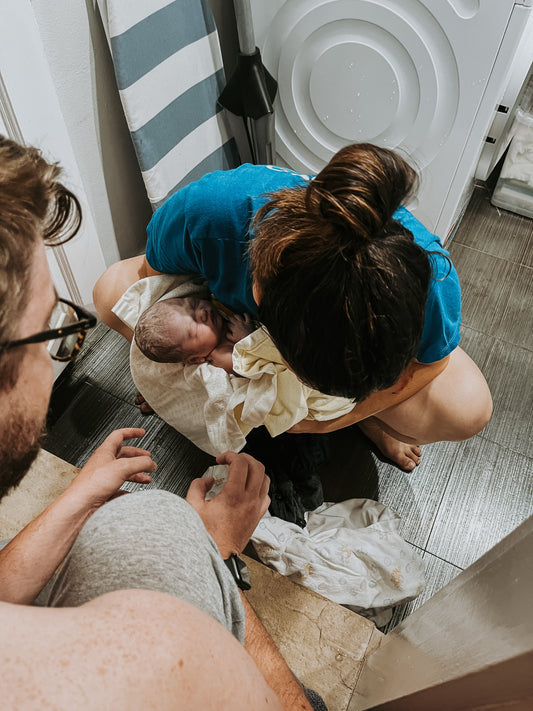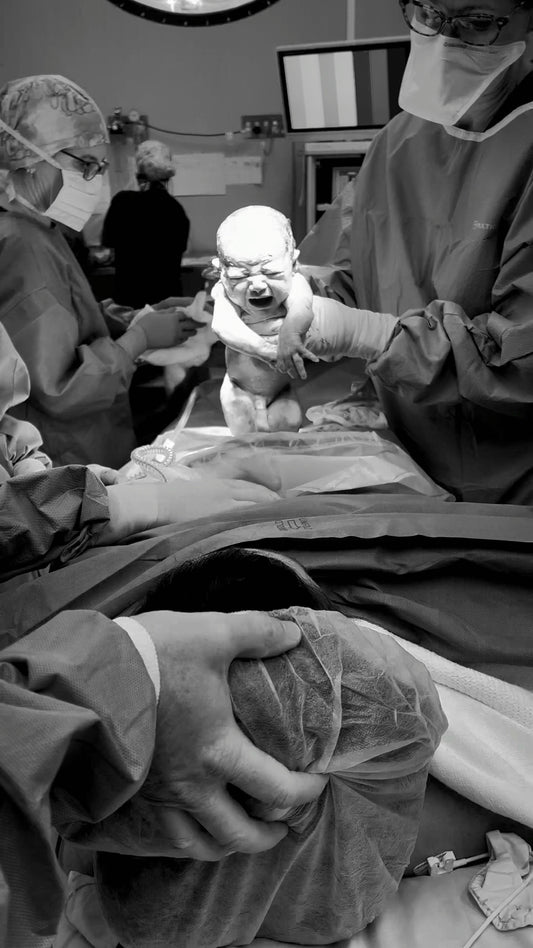Measles, a highly contagious viral illness, is making a concerning comeback in Australia. With cases rising across the country, it's essential for parents to understand the risks, recognise the symptoms, and know how to protect their families.
What Is Measles?
Measles is a viral infection that spreads through airborne droplets when an infected person coughs or sneezes. The virus can linger in the air and on surfaces for up to two hours, making it incredibly infectious. Symptoms typically appear 7 to 18 days after exposure.
-
High fever
-
Cough
-
Runny nose
-
Red, watery eyes
-
Tiny white spots inside the mouth (Koplik spots)
-
Red blotchy rash starting on the face and spreading downward
The rash usually appears 2 to 7 days after the initial symptoms and can last for up to a week

Why Are Measles Cases Rising in Australia?
Serious Complications: What You Need to Know
-
Pneumonia: Occurs in about 1 in 15 children with measles.
-
Encephalitis: Brain inflammation affecting approximately 1 in 1,000 cases.
-
Subacute Sclerosing Panencephalitis (SSPE): A rare but fatal brain disorder that can develop years after infection, particularly in children infected under the age of one
Prevention: How to Protect Your Family
-
First dose: At 12 months of age.
-
Second dose: At 18 months (administered as MMRV, which also protects against chickenpox).
-
Ensure good ventilation in indoor spaces.
-
Practice regular handwashing with soap and water.
-
Use disposable tissues and dispose of them properly.
-
Wear a face mask if you're unwell.
-
Stay home when feeling sick to prevent spreading the virus.
What to Do If You Suspect Measles
-
Isolate at Home: Keep your child away from others to prevent spreading the infection.
-
Call Your GP Before Visiting: Inform your doctor about the symptoms before attending the clinic to receive guidance on the safest way to get medical care.
-
Monitor for Red Flags: Watch for signs such as difficulty breathing, persistent high fever, drowsiness, or seizures. If any of these occur, seek immediate medical attention.
-
Remember: Most children recover fully from measles with proper care and rest.
Conclusion
Measles is more than just a rash; it's a serious disease that can lead to severe complications. Staying informed, ensuring vaccinations are up to date, and taking prompt action if symptoms arise are key steps in protecting your family and community.
For the latest updates and resources, visit the Australian Government Department of Health.







